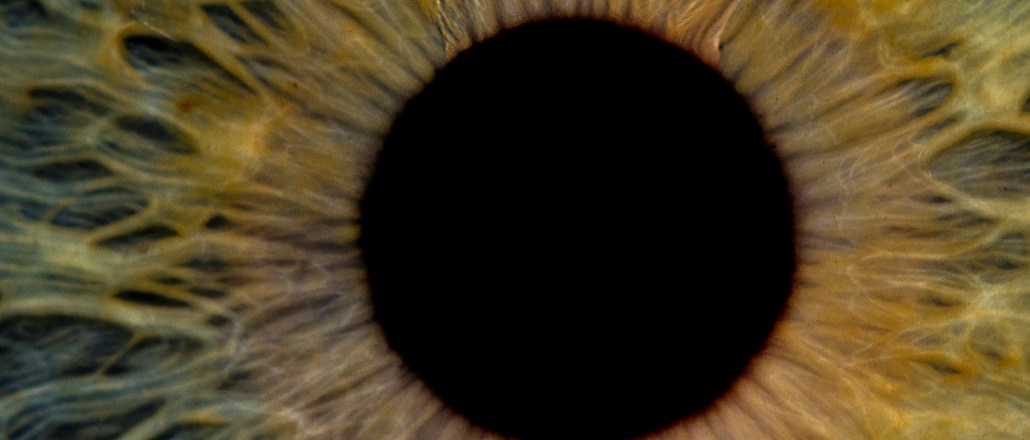
With advertisers pushing for 100 percent viewability, publishers are telling their designers to get in line.
It turns out, the standards for viewability — 50 percent of an ad in-view for one second, according to the Media Rating Council — are clashing with some old design practices and forcing publishers to change on the fly. Simply putting ads above the fold isn’t the answer, and tactics like infinite scrolling have their own issues.
“With viewability, the conventional wisdom from five years ago just doesn’t hold anymore,” said Dave Marquard, director of publisher solutions at Integral Ad Science.
Publishers, for example, have long assumed that ads placed at the very tops of their pages were inherently more viewable than those placed farther down. In reality, the situation is actually the opposite: Because readers usually immediately scroll past the topmost sections of pages, ads placed above publisher logos are often less visible than publishers think they are. The solution is often as simple as moving a banner down by 100 pixels, ideally directly above the fold.
And yet, even infinite scrolling — publishers’ favorite new trick — has its problems. Deployed by the likes of Time, Cosmopolitan, Bloomberg Business and Quartz, infinite scrolling should increase viewability because it lets publishers, via a technique called “lazy loading,” present ads between articles only when users have scrolled up to them.
But the tactic, while popular, isn’t entirely foolproof: While ads in infinite scrolling sites are more viewable, the challenge comes when users scroll past the ads before they actually load. “You might be throwing the baby out with the bathwater,” said Marquard. “The longer it takes to load an ad, the less chance someone’s actually gone to see it and interact with it.”

Instead, publishers optimizing for revenue are better off pre-loading their ads and taking a hit on their viewability scores. Or, better yet, publishers might consider opting for longer, skinnier ads instead of shorter wider ones. Skyscraper ads are inherently more viewable than 300 x 250 banners in the same area, a function how long it takes readers to scroll past them.
Viewability is also forcing publishers to rethink the photo gallery. While publishers have long boosted the number of ads they load by loading a new ad with every click on gallery, that has to change when optimizing for viewability because readers often click from one slide to the next before ads actually load.
The biggest issue among publishers, however, is viewability’s vendor problem. The MRC has given the green light to over a dozen vendors offering viewability measurement technology, which has created issues for publishers trying to transact on viewable impressions. The challenge is that two vendors measuring the same page can have very different viewability scores. One vendor can come back with a 100 percent score while another will say a number half that. This is complicated further when a publisher uses one vendor to measure its viewability score, while an agency prefers to work with another.
“We can design and engineer to viewability — that’s not our challenge,” said Washington Post chief revenue officer Jed Hartman. “Our challenge is the consistency in definition and measurement across the industry.”
Photo: Nick Fedele/Flickr
More in Media

Podcast companies turn to live events to capture growing advertiser spend
The surge in the number of live podcast events in 2025 reflects a broader shift: advertisers are betting bigger on podcasts — not just as an audio channel but as a full-fledged creator economy play.

Media Briefing: ‘Cloudflare is locking the door’: Publishers celebrate victory against AI bot crawlers
After years of miserably watching their content get ransacked for free by millions of unidentified AI bot crawlers, publishers were finally thrown a viable lifeline.

How Vogue could navigate potential industry headwinds as Anna Wintour — who agency execs say made ad dollars flow — brings on new edit lead
Anna Wintour’s successor at Vogue will have to overcome the myriad of challenges facing fashion media and the digital publishing ecosystem.





